Worst aircraft of WW2 ?
The fighter F2A Buffalo already a much maligned model, still had redeeming qualities and did extremely well in Finnish hands, whereas the Buccaneer had none, and over time all Historians, usually prone to argue over any subject, are unanimous as considering it a “classic failure”. David Donald for example labelled it “one of the worst aircraft of World War II”. The focus of a commission of enquiry on Brewster (the company and its management at large) after the war by the Truman Committee, as stated, it “turned in a miserable performance.”. Its production was cut short after it was eventually rejected by the USN/USMC and ended as a lend-lease model. Not transferred to USSR but only Britain as the Bermuda, it was preceded by such a reputation that it was scrapped straight out of the crates. It was that bad.
A champion of the least conveted WW2 title.
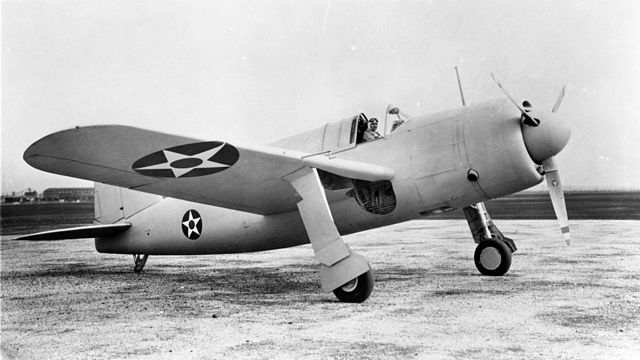
Brewster XSB2A-1 – Catalog:15 002717, Image from the Charles Daniels Photo Collection album “US Army Aircraft.”
Other models had been solid contenders for this least conveted title: The Fairey Battle and Boulton-Paul Defiant for example were not intrinsically bad, they looked right, but had clear limitations: The first was thrown into a difficult situation in France in 1940 and performed badly while the other was a bad concept from the start and just proved it in the battle of Britain. The list often see also includes the bomber Blackburn Botha, just bad overall and sidelined, the Blackburn Roc (a copy-paste of the Defiant for the FAA), the Devastator, obsolete when thrown into combat, the little-known Polish PZL.30 Zubr, the French Caudron 714, the Soviet LaGG-3, and on the axis side, the Messerschmitt Me 210, Heinkel He177 Greif (as well as desperate weapons like the Komet, Natter and Baka), or the Breda ba.88 Lince and Ki-115 Tsurugi. But the SB2A was not even thrown into combat despite its large production. It was not given even that chance, or in a very limited manner as even rookie pilots had more value. This made so the Buccaneer arguably the outright champion not only for the USN, for the US, and the allies at large.
Design & development
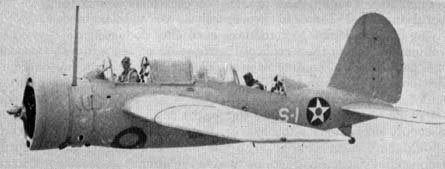
The Brewster SBN-1
Brewster was not an unknown for the USN. A supplier turned maufacturer probably too soon, the Long Island City, New York company -not that far from Grumman- and at least attracted interest from the Navy with its XSBA-1 scout bomber, but only thirty were built later by Naval Aircraft Factory at a slow pace, from November 1940 to March 1942 where it was found hopelessely obsolete.
As the production of the F2A fighter dragged on, its initial reception by the Navy encouraged Brewster to propose a larher derivative, as a new scout bomber which first flew in june 1941 with a Wright R-2600 engine.
In mid-1939 already, the United States Navy’s Bureau of Aeronautics sent off a program to foster bigger scout/planes to work from the Navy’s plane carrying warships. In April, Brewster Aeronautical Corporation was chosen to assemble the Model 340 to meet this prerequisite; this airplane was to be assigned the designation XSB2A-1.
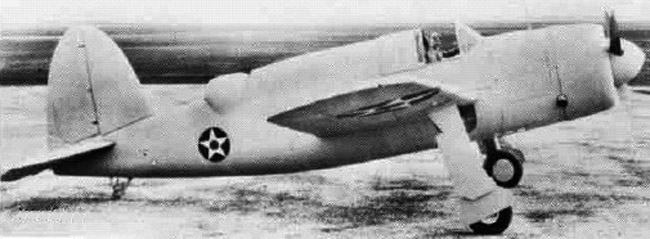
XSB2A-1 prototype in 1941. Note the fake turret aft.
The XSB2A-1’s plan was vigorously founded on the prior Brewster SBA scout-bomber. It shared the single-engined, mid-winged monoplane format of the previous airplane, however was bigger and had an all the more remarkable engine. The XSB2A-1 was controlled by a solitary Wright R-2600 motor which drove a three-bladed propeller. It was equipped with two forward-discharging 0.50 inch type automatic rifles in the fuselage and two 0.30 automatic weapons in each wing. The sort was likewise at first planned to have an encased firearm turret. The airplane could convey as much as 1,000 pounds (450 kg) of bombs in an inward bomb bay.

Brewster XSB2A-1
The primary XSB2A-1 model started flying preliminaries on 17 June 1941. The aftereffects of this testing and changing prerequisites prompted critical changes to the plan. These incorporated the airframe being extended by 1 foot and two inches, the turret being supplanted by an adaptable mount in the back of the cockpit for a couple of 0.30 automatic weapons, the expansion of protection and self-fixing gas tanks, and changes to the plan of the blades and overhang. The consolidated impact of these progressions brought about the airplane’s weight expanding by very nearly 3,000 pounds (1,400 kg), which enormously decreased its speed, weapons burden, and flying range.
Detailed Design
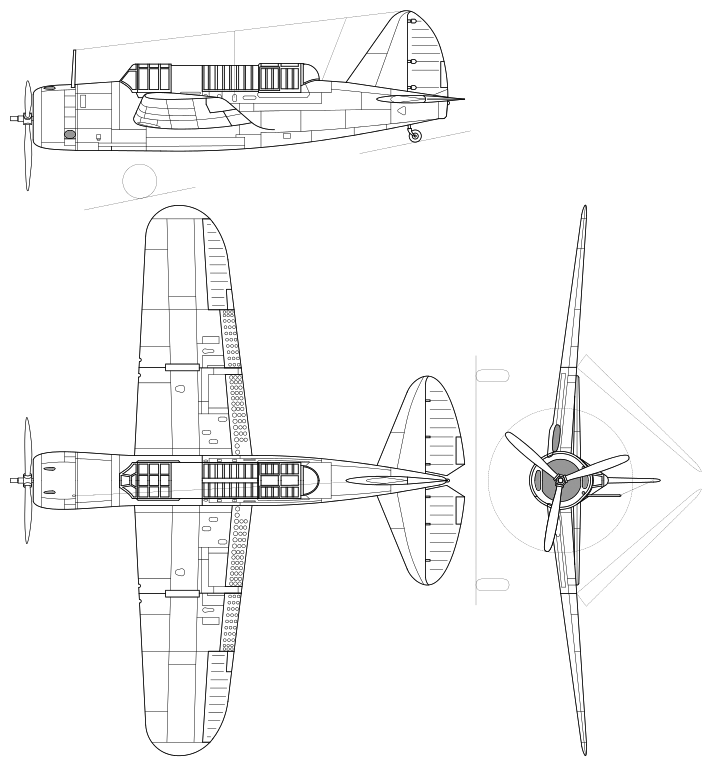
Brewster SB2A Bucaneer
In its last structure, the SB2A weighed 9,924 pounds (4,501 kg) vacant and had a most extreme drop weight of 14,289 pounds (6,481 kg). It had a greatest speed of 274 miles each hour (441 km/h), a cruising rate of 161 miles each hour (259 km/h), and a most extreme scope of 1,675 miles (2,696 km). The airframe was not all around planned, and could be effectively damaged. The SB2A was monitored by a team of two: a pilot and aviator who filled in as both a spectator and a gunner.
Production
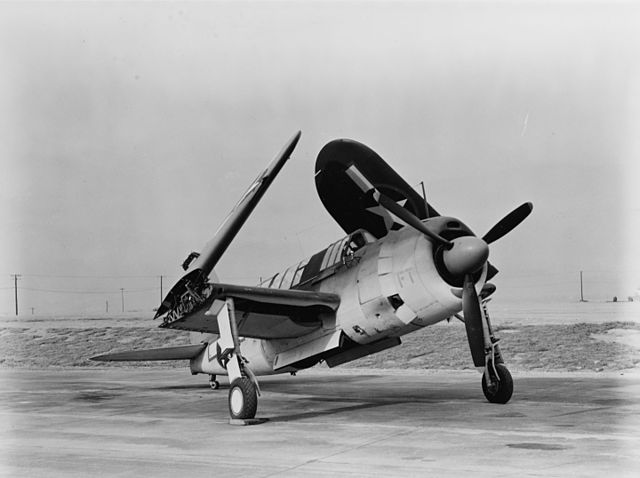
SB2A-3 with wings folded and bomb bay open
The French Government put in a request for 250 SB2As. Following the fall of France this request was taken over by the British Government, which therefore requested a further 500 during 1940; in British help the sort was assigned the Brewster Bermuda. The Dutch Government additionally requested 162 SB2As before the German victory of the nation in May 1940. The Australian Government requested 243 Bermudas for the Royal Australian Air Force in mid-1940. In December 1940 the US Navy put in a request for 140 SB2As.
Conveyances of the SB2A were extraordinarily postponed. At the point when the French Government submitted its request it expected to start getting the sort from April 1941, after Brewster finished the development of its Brewster F2A Buffalo fighters. However, Brewster experienced challenges in finishing the Buffalos and initiating work on the SB2A. After the British Government mentioned significant alterations to the SB2A in mid 1941, Brewster officially exhorted that it would not be able to begin conveyances of the kind as had been arranged earlier.
These delays drove the Australian Government to drop its request for Bermudas in October 1941, and buying 297 Vultee Vengeances instead for the same role. The latter was no stellar either, but… Following the assault on Pearl Harbor, the US Government appropriated 192 of the airplane which had been arranged for the order British in January 1942; These were reworked to be versed to the United States Army Air Forces (USAAF).
Difficult issues inside Brewster additionally added to delays. The way this organization was run and problems with its labor force meant that after repeated missed schedules to provide the ordered airplane to the US Navy, the whole company ws taken over the Navy itself, in April 1942. That never happened in WW2. Production kept on being slow but at least larger numbers of completed SB2As arrived for delivery… to be sent back to fixed innumerable defects and quality problems (* see at the end of the article).
Variants
- XSB2A-1: Prototype Bu1632, 01005.
- SB2A-2: Production with revised armament and non-folding wings (80 built)
- SB2A-3: Folding wings, arrestor hook (60 built)
- SB2A-4: Netherlands order, passed onto the US Navy (162 built)
- A-34 Bermuda: British Lend Lease production, never built
- Bermuda Mk.1: Model 340-14 with a flexible gun mounting. (468 of 750 ordered)
Combat use
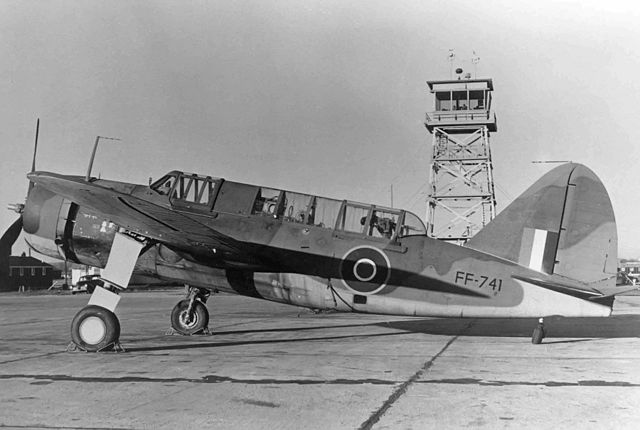
Bermuda Mark I
Conveyances of Brewster Bermudas to the British Royal Air Force started in July 1942. The RAF decided that the sort was unsatisfactory for battle, and the majority of the Bermudas conveyed to the help were changed over to target tugs. Five of the airplane were moved to the Fleet Air Arm of the Royal Navy for evaluation – four as jump aircraft and one as an objective towing tug.
The USAAF got 108 Bermudas, which it assigned the A-34. The sort was viewed as unsatisfactory in any event, for the purpose of preparing, and were utilized distinctly as “hacks”. As the airplane separated they were either deserted or utilized as focuses for gunnery training. The A-34s were removed from administration in 1944.
Conveyances to the US Navy occurred during 1943 and 1944. The assistance got 80 SB2A-2s and 60 SB2A-3s; the last variation was fitted with collapsing wings and an arrester snare to empower them to work from airplane carriers. The US Navy likewise viewed the SB2A as unacceptable for battle and preparing purposes, and mostly involved its airplane as target pulls and for ground support training.
The airplane initially requested by the Dutch were allocated by the US Navy an then to the United States Marine Corps, always pleased to receive any model, even dodgy. Assigned the SB2A-4, the US Marines utilized a portion of these to create their first night combat unit VMF(N)- 531.
The British Planes were considered with great suspicion, after the terrible prestation of the SB2A. In fact the first lot of the completed airplane were rejected outright by the RAF and FAA without having been flown operationally one single time. Once unloaded, they stayed in their crates until the end of the war. The US Navy was even instructed to cancel the remaining part of the order made by the FAA in 1943. A grand total of 771 SB2As of all types were ultimately completed, quicky relegated in the best case to mechanics training models, on the ground. They were even rejected as target tugs models, since the service did not want to lost their precious pilots, and by that time, the bird’s reputation was beyond execrable.
operators
USN
The US Navy operated the SB2A-2 of the Initial production with revised armament and non-folding wings (80, Bu00803/00882), some 60 SB2A-3 with folding wings and arrestor hook (Bu00883/00942) and the 162 SB2A-4 originally ordered for Netherlands, requisitioned by the US Navy (Bu29214/29375).
FAA
The sole other operator, the RAF, as soon as they were informed of the A-34 Bermuda (Initial denomination) “qualities” passed them to the Fleet Air Arm, which was also starved of models, but in that case, the Model 340-14 as it was known (Factory designation) Bermuda Mark I, were modified with their powered gun replaced by a simple flexible mounting. 750 has been ordered total, but in the end, 468 were unloaded in British ports, and practically never flown. The Bermuda had however a small number entering RAF service. A few were assessed by the A&AEE Boscombe Down (Naval Unit), the first being flown in January 1943 (FF425). In total, only five were tested, four used as dive bombers and one in target towing configuration. In the end both types were denied service.
Now, the total given for all models seems to be 771, meaning 468 in lend-lease and 302 for the USN/USMC or 770, which is good with the prototype. Two of these survived (given the fact their assignation was risk-free to say the least): An ex-RAF s/n FF860 at the National Museum of Naval Aviation at Naval Air Station Pensacola, Florida, restored as a US Navy SB2A Buccaneer.
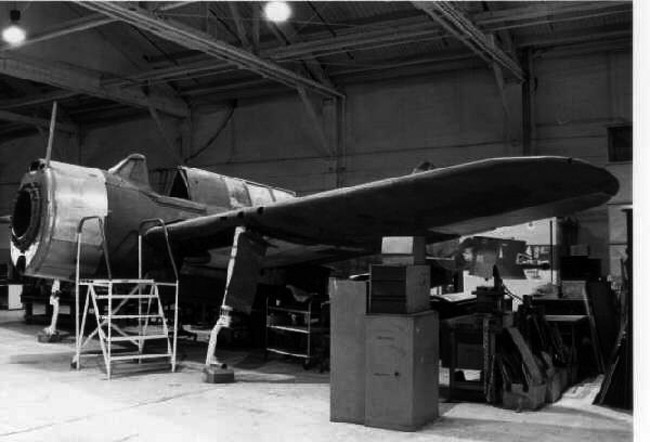
bermuda restoration
This single surviving Brewster SB2A Bermuda has been resurrected from a pile of scrap over an 18-year period, and restored at the Naval Air Warfare Center, Warminster, Pa., USA, the site of the former Brewster Aircraft factory. After restoration it was moved in August 1996 by the US Navy to Pensacola, Florida.
Another (serial FF443) is in storage at the Pima Air and Space Museum in Tucson, Arizona, in need of a restoration. This is one of only two Bermudas known to exist. It was found at an airfield in Tullahoma, Tennessee, in the 1970s. The remains of British markings visible pointed that it was one of the late lend-lase left undelivered as Brewster was close to bankrupcy. It was was recovered by the Military Aircraft Restoration Corp. for rebuilding and in 2004, was placed on loan to the Pima Air & Space Museum for final restoration and display, purchased by the museum in 2015.
Controversy: Brewster under investigation
Is all started wth James Work, a Bucks County entrepreneur creating factory and airfield in Johnsville. Former vice president of Lockheed Aircraft Corp. in California he left and creater Brewster Aeronautical Corp., having 40 employee in 1932, and reaching 20,000 in WW2. In 1937 he had 6,000 workers and after supplying parts to other manufacturers, turned to design and manufacturing a carrier-based fighter, the “Buffalo,” and a two-seat dive bomber, the “Buccaneer.” after proposing the short-lived SBC-1. He also assembled parts from Long Island and Newark.
While the Buffalo was lambasted by Squadron Capt. Philip Renee White, which asked the USN to ground them, it was the highly anticipated Buccaneer that was all the rage. In 1942 however the program accumulated massive delays, the production stalled, issues risen between labor issues and wartime strikes, some going as far as stating “aliens” were running the company.
As written in an article by Carl LaVO Correspondent, Bucks County Courier Times:
When the company failed to deliver a single new Buccaneer in 1942, the Navy seized Brewster, declaring it “essential to the war effort.” Congressional hearings revealed sabotage and loafing in the factory, derisively termed “The Bucks County Playhouse” for allegations of sexual trysts in plane fuselages. Missing tools and sloppy quality control were a constant problem.
With $100 million in orders on file, Work remained silent. Things only got worse. The Philadelphia Record revealed a profit-skimming operation had crippled Brewster. Alfred and Ignacio Miranda, Mexican-born immigrants, and associate F. William Zelcher were behind the scheme. Work had hired them as company salesmen. What he perhaps didn’t know was the Mirandas had spent two years in prison for smuggling weapons to Bolivia in violation of a U.S. arms embargo.
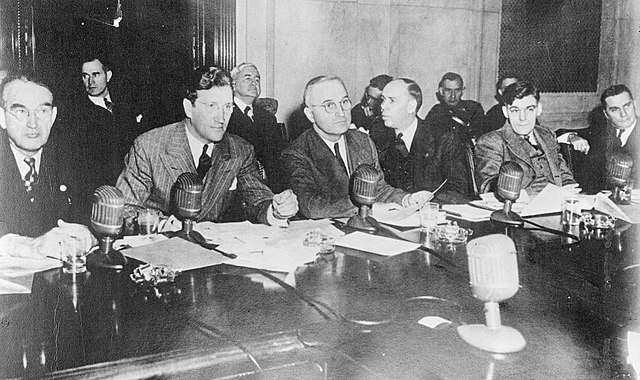
As for the Senate’s Truman committee of enquiry, or “Senate Special Committee to Investigate the National Defense Program” tasked to examine supposed taxpayer’s money wastes in programs that went nowhere was created On March 1, 1941, headed by Harry S. Truman (which aso boosted his popularity and propelled him as vice-president). The committe, which had bipartisan support and ran until 1948, with 432 public hearings, 1798 witnesses, save an estimated $10–15 billion in military spending and thousands of lives of U.S. servicemen and published 2,000 pages of reports. It also setup a “tradition” to democratically check undue spendings from what Eisenhower called the “military-industrial complex” during the cold war as well.
Aside Howard’s Hugues famous auditions in 1947 led by Senator Owen Brewster as chairman for his “spruce goose”, or officially Hugues Hercules (the giant seaplane initiated in 1942, supposed to spare liberty ships, solving the problem of U-Boats in the atlantic), another scandal was the audition of Brewster’s staff and employees due to the company repeadly failing to meet deadlines deliver not only its orders, but products of only exploitable quality. By raising all the points seen above, the USN first appointed George Chapline, then recalled Work, but as the latter was suspected of a massive fraud, was fired with his staff while the Navy decided manage themselves the company, headed until the end of the war by one of their in-house company managers, Naval Aircraft Factory’s boss, George Conrad Westervelt. The SB2A being considered a failure, the company was quickly res-geared to deliver the F3A-1 Corsair under licence instead, but this contract was cancelled in turn in 1944 and the company was considered bankrupt at the end of that year, then shut down for good in April 1946 and dissolved among shareholders.
Src/Read more about the Buccaneer:
Bailey, Gavin J. (2013). Arsenal of Democracy: Aircraft Supply and the Evolution of the Anglo-American Alliance, 1938-1942.
Butler, Phil; Hagedorn, Dan (2004). Air Arsenal North America : Aircraft for the Allies 1938-1945. Midland Publishing.
Donald, David, ed. (2000). American Warplanes of World War II. Grange Books.
Danford website on Brewster aircraft, Brewster Fighter Production, 1939-1942
Gretzyngier, Robert (2014). Polish Aces of World War 2. Osprey Publishing.
Johnson, E.R. (2011). United States Naval Aviation, 1919–1941: Aircraft, Airships and Ships Between the Wars. McFarland
March, Daniel J., ed. (1998). British warplanes of World War II. Aerospace.
Norton, Bill (2008). U.S. Experimental & Prototype Aircraft Projects: Fighters 1939-1945. Specialty Press.
Smith, Peter C. (1986). Vengeance! The Vultee Vengeance Dive Bomber. Airlife.
Smith, Peter (2008). Dive Bomber! Aircraft, Technology, and Tactics in World War II. Stackpole Books.
Swanborough, Gordon and Peter M. Bowers. USN Aircraft since 1911. Putnam
Andrade, John M. . U.S Military Aircraft Designations and Serials since 1909. Midland Publications
On fleetairarmarchive.net
On pimaair.org
On nationalmuseum.af.mil
On history.navy.mil
On avionslegendaires.net
On aviastar.org
On fiddlersgreen.net
The Worst Airplane of WW2 – Brewster Buccaneer Scout Bomber, Dark Skies Channel
Video: Flying The U S Navy Brewster FB2A4 Buccaneer
The Models Corner:
Despite it’s poor reputation, the Buccaneer inspired Special Hobby, AZ model, KPL Models, AMCO Models 1:72, Scientific 1:19, Maircraft 1:48, Megow, Burkard 1:32, Joe Ott 1:15.
Profile Illustrations

Brewster SB2A-2, 1943

SB2A-2, 1944

SB2A-3 unkown mainland unit, 1944

Bermuda Mk.I, 1943
Photos
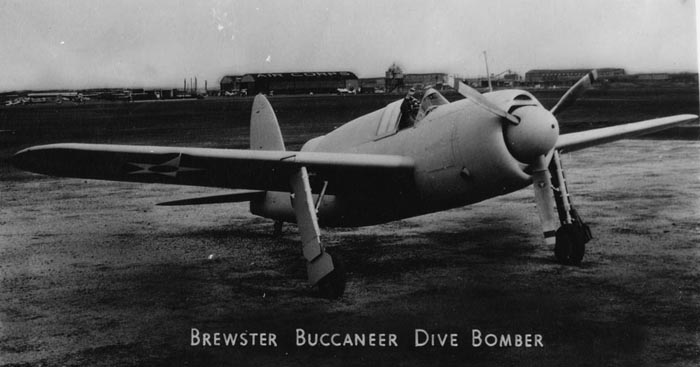
Brewster Bucaneer Prototype, official photo
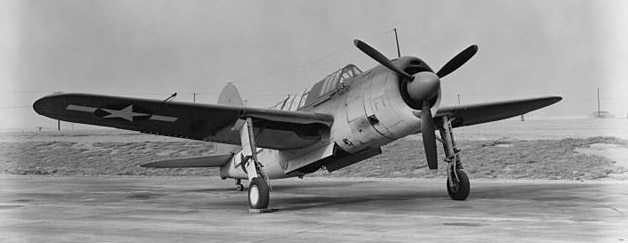
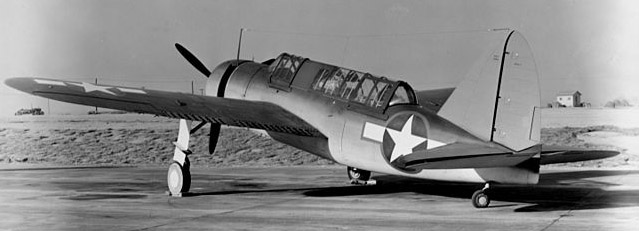
SB2A-3 NAS Patuxent River, December 1943
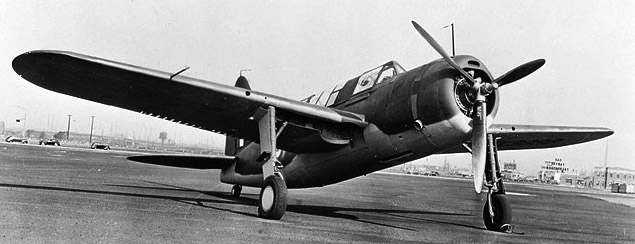
Brewster Bermuda Mark I

Royal Air Force Brewster Bermuda I
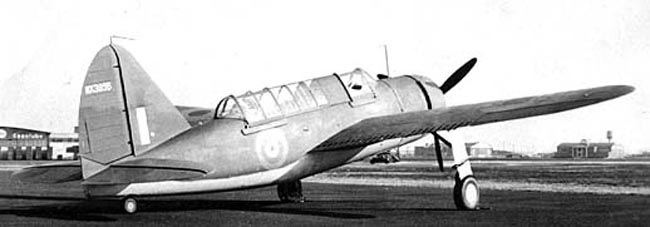
Bermuda MkI RAF, 1941
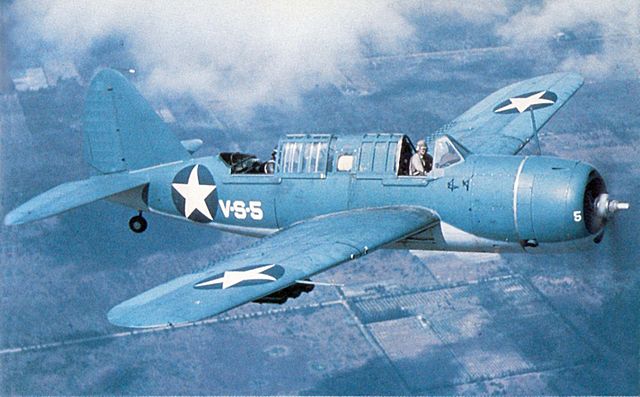
Brewster SB2A-4 Buccaneer in flight, 1942
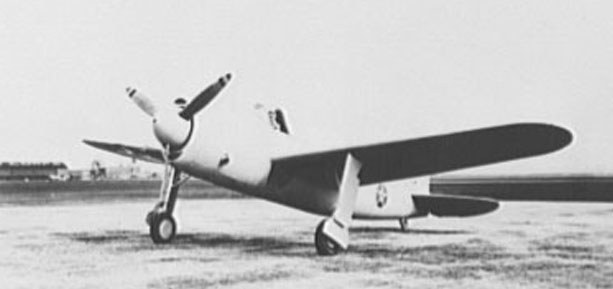
Brewster Buccaneer

Brewster SB2A Buccaneer
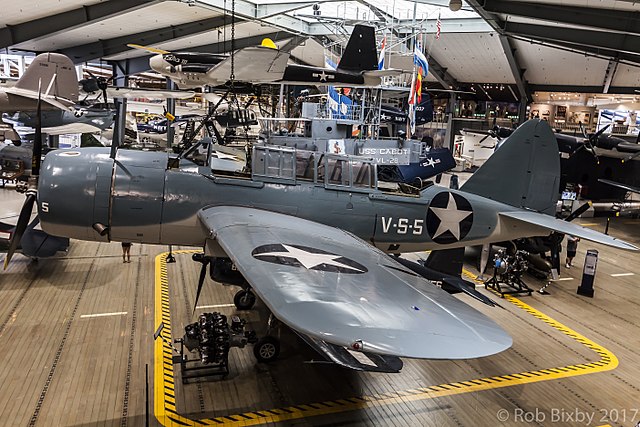
Brewster Buccaneer, Coll. Roy Bixby, photo Naval Air Museum
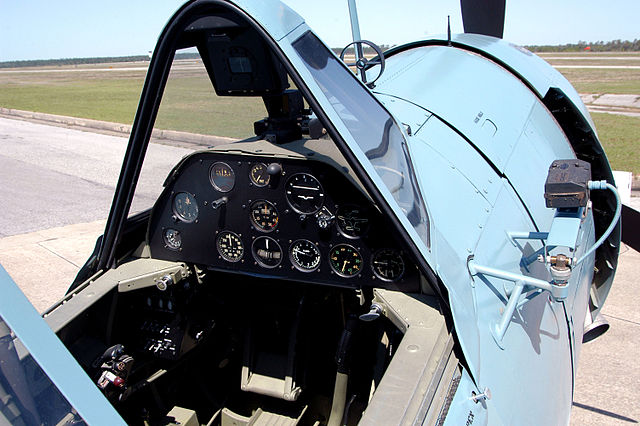
Brewster SB2A cockpit
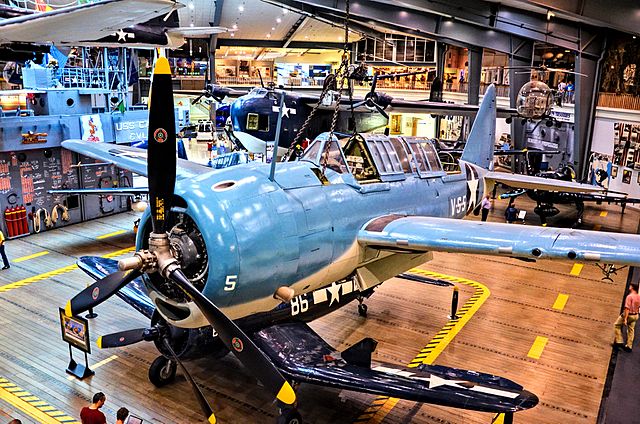
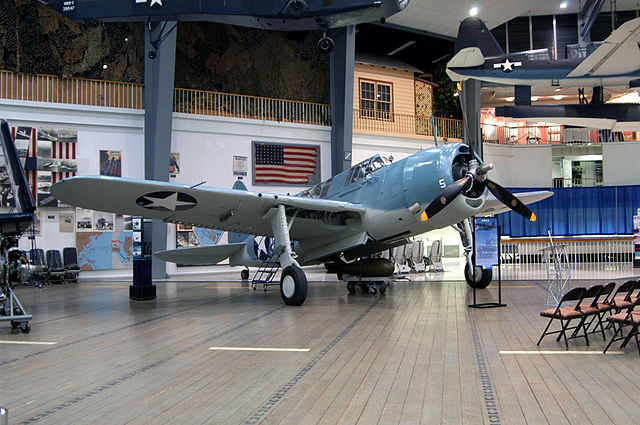
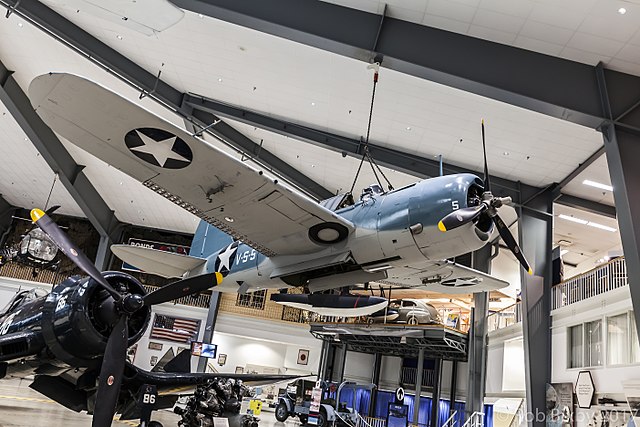
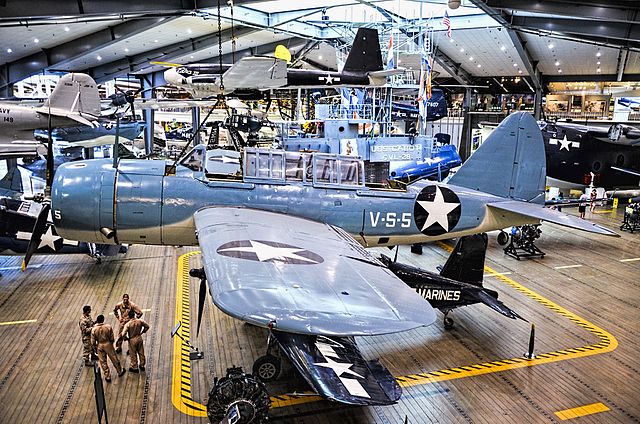
SB2A Buccaneer, National Naval Aviation Museum


 Latest Facebook Entry -
Latest Facebook Entry -  X(Tweeter) Naval Encyclopedia's deck archive
X(Tweeter) Naval Encyclopedia's deck archive Instagram (@navalencyc)
Instagram (@navalencyc)





 French Navy
French Navy Royal Navy
Royal Navy Russian Navy
Russian Navy Armada Espanola
Armada Espanola Austrian Navy
Austrian Navy K.u.K. Kriegsmarine
K.u.K. Kriegsmarine Dansk Marine
Dansk Marine Nautiko Hellenon
Nautiko Hellenon Koninklije Marine 1870
Koninklije Marine 1870 Marinha do Brasil
Marinha do Brasil Osmanlı Donanması
Osmanlı Donanması Marina Do Peru
Marina Do Peru Marinha do Portugal
Marinha do Portugal Regia Marina 1870
Regia Marina 1870 Nihhon Kaigun 1870
Nihhon Kaigun 1870 Preußische Marine 1870
Preußische Marine 1870 Russkiy Flot 1870
Russkiy Flot 1870 Svenska marinen
Svenska marinen Søværnet
Søværnet Union Navy
Union Navy Confederate Navy
Confederate Navy Armada de Argentina
Armada de Argentina Imperial Chinese Navy
Imperial Chinese Navy Marinha do Portugal
Marinha do Portugal Mexico
Mexico Kaiserliche Marine
Kaiserliche Marine 1898 US Navy
1898 US Navy Sovietskiy Flot
Sovietskiy Flot Royal Canadian Navy
Royal Canadian Navy Royal Australian Navy
Royal Australian Navy RNZN Fleet
RNZN Fleet Chinese Navy 1937
Chinese Navy 1937 Kriegsmarine
Kriegsmarine Chilean Navy
Chilean Navy Danish Navy
Danish Navy Finnish Navy
Finnish Navy Hellenic Navy
Hellenic Navy Polish Navy
Polish Navy Romanian Navy
Romanian Navy Turkish Navy
Turkish Navy Royal Yugoslav Navy
Royal Yugoslav Navy Royal Thai Navy
Royal Thai Navy Minor Navies
Minor Navies Albania
Albania Austria
Austria Belgium
Belgium Columbia
Columbia Costa Rica
Costa Rica Cuba
Cuba Czechoslovakia
Czechoslovakia Dominican Republic
Dominican Republic Haiti
Haiti Hungary
Hungary Honduras
Honduras Estonia
Estonia Iceland
Iceland Eire
Eire Equador
Equador Iran
Iran Iraq
Iraq Latvia
Latvia Liberia
Liberia Lithuania
Lithuania Mandchukuo
Mandchukuo Morocco
Morocco Nicaragua
Nicaragua Persia
Persia San Salvador
San Salvador Sarawak
Sarawak Uruguay
Uruguay Venezuela
Venezuela Zanzibar
Zanzibar Warsaw Pact Navies
Warsaw Pact Navies Bulgaria
Bulgaria Hungary
Hungary

 Bundesmarine
Bundesmarine Dutch Navy
Dutch Navy Hellenic Navy
Hellenic Navy Marina Militare
Marina Militare Yugoslav Navy
Yugoslav Navy Chinese Navy
Chinese Navy Indian Navy
Indian Navy Indonesian Navy
Indonesian Navy JMSDF
JMSDF North Korean Navy
North Korean Navy Pakistani Navy
Pakistani Navy Philippines Navy
Philippines Navy ROKN
ROKN Rep. of Singapore Navy
Rep. of Singapore Navy Taiwanese Navy
Taiwanese Navy IDF Navy
IDF Navy Saudi Navy
Saudi Navy Royal New Zealand Navy
Royal New Zealand Navy Egyptian Navy
Egyptian Navy South African Navy
South African Navy






























 Ukrainian Navy
Ukrainian Navy dbodesign
dbodesign